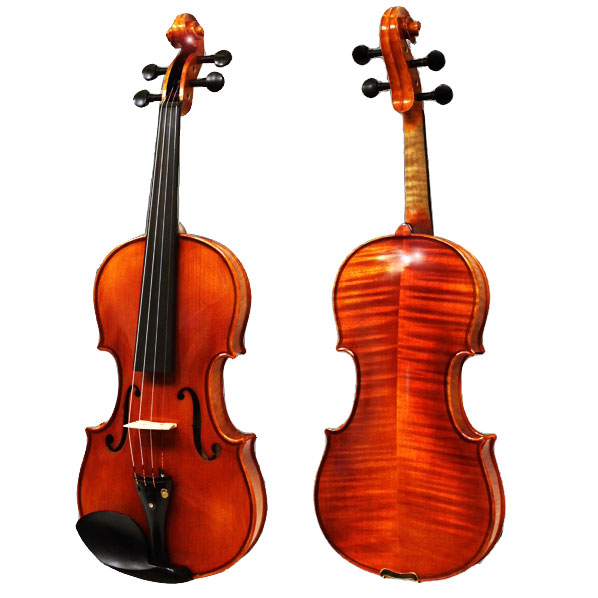“Ave Maria” by Gabriel Fauré is a beautiful and powerful piece of music that showcases the composer’s incredible talent and sensitivity. This piece is a setting of the traditional Catholic prayer for the Virgin Mary, and it is considered one of the most beautiful and popular compositions of the Romantic era.
Fauré’s “Ave Maria” was composed in 1887 as part of his “Messe de Requiem” (Op.48) and later on, it was published as a standalone piece, Op.93. The piece starts with a simple and contemplative piano introduction that sets the mood for the song, then the vocal melody enters and it is immediately captivating, with its elegant and expressive lines. The melody is simple yet it is able to convey a deep sense of emotion and devotion. The song ends with a peaceful and contemplative conclusion, which makes it a perfect piece for quiet reflection and meditation.
One of the most striking things about this piece is the way Fauré masterfully blends the piano and voice together. The piano accompaniment is not simply a background for the vocal melody, but rather it is an integral part of the overall musical structure. This creates a rich and harmonious sound that is truly captivating.
Fauré’s “Ave Maria” is a perfect example of his ability to take a traditional text and set it to music in a way that is both beautiful and emotionally powerful. This piece of music has been covered by many famous singers and performers and is considered one of the most beautiful and popular classical pieces.
In conclusion, Fauré’s “Ave Maria” is a timeless masterpiece that showcases the composer’s incredible talent and sensitivity. Its simple yet powerful melody and evocative lyrics make it a beloved piece that continues to be enjoyed by music lovers around the world. It is a perfect example of how a traditional text can be set to music in a way that is both beautiful and emotionally powerful.


